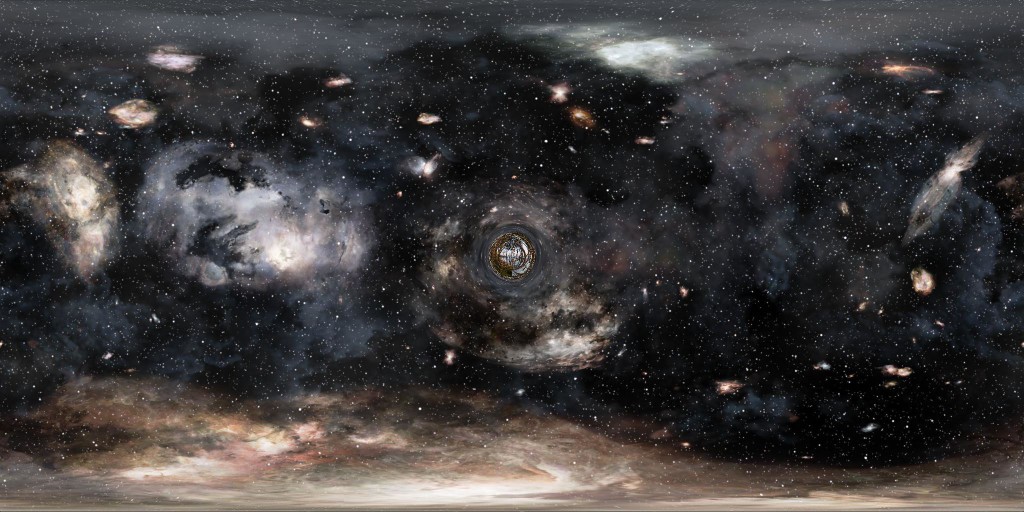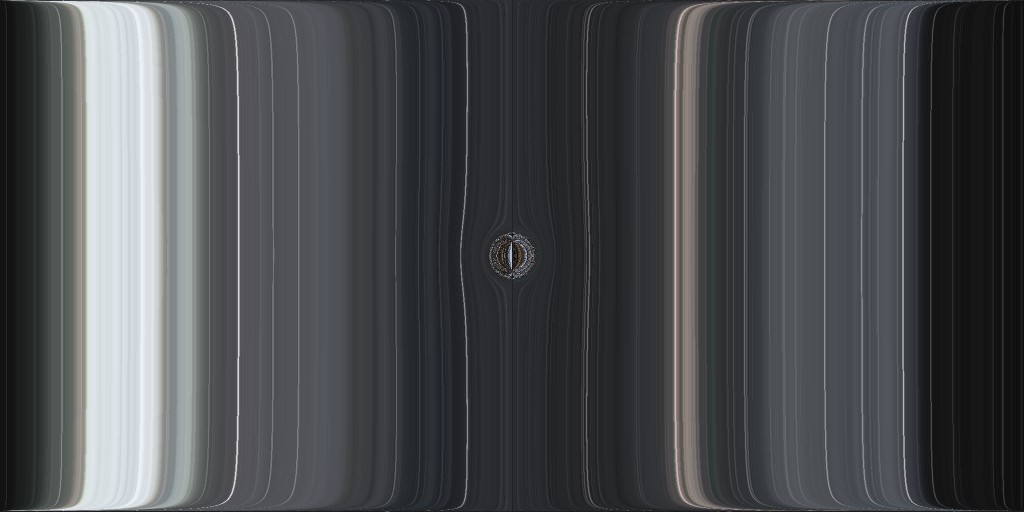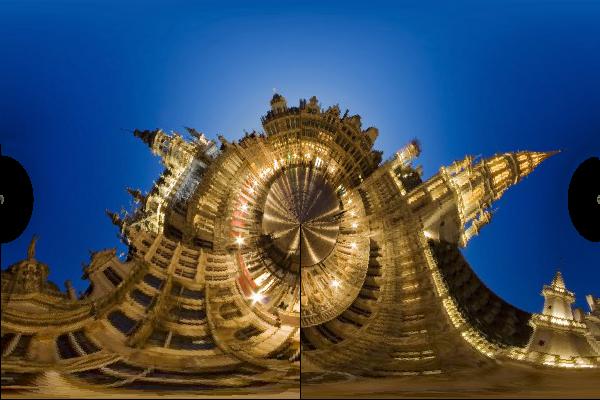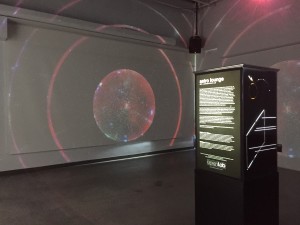 The Astro Lounge was developed by OpenLab summer research fellows Zach Corse and Nathan Ober as members of OpenLab’s 2015 Art + Astrophysics’ Summer Institute. New works emerged from their interest in Einstein’s theory of general relativity and its many applications, information theory, and the limits of human perception. With the support of the Art + Astrophysics Institute at UCSC directed by Professor Jennifer Parker, Corse and Ober have been encouraged to investigate what and how we might see as humans when we gaze upon gravitational anomalies. Ober developed the soundscape and Corse developed the programming and imagery.
The Astro Lounge was developed by OpenLab summer research fellows Zach Corse and Nathan Ober as members of OpenLab’s 2015 Art + Astrophysics’ Summer Institute. New works emerged from their interest in Einstein’s theory of general relativity and its many applications, information theory, and the limits of human perception. With the support of the Art + Astrophysics Institute at UCSC directed by Professor Jennifer Parker, Corse and Ober have been encouraged to investigate what and how we might see as humans when we gaze upon gravitational anomalies. Ober developed the soundscape and Corse developed the programming and imagery.
This objective happily coincided with the recent release of Christopher Nolan’s Interstellar. It turns out the movie’s special effects were conjured with scientific care under the direction of a personal hero of mine, Kip Thorne. Thorne and colleagues at Double Negative graphics released a number of papers revealing how they created some of these effects using the mathematics of general relativity. Guided by their paper, Visualizing Interstellar’s Wormhole, Corse produced the images seen below with the aim was not so much to create a finished work of art per se, but rather to see how gravitation and its visual consequences might inspire my work. You might call this an investigation for curiosity’s sake, my favorite mode of inquiry.
A wormhole is a bridge between two regions of space. No one knows how to make one or even if it’s possible to, but that hasn’t stopped authors from using wormholes to enable otherwise impossible science fiction plots. So, if we assume wormholes do exist, what might one look like? Imagine you’re sitting in space. Chances are there’s not much around you in your immediate vicinity, but you can look up at the stars just we do on Earth’s surface. This is an example of what’s called a ‘celestial sphere’. As you gaze upwards, you perceive distant stars by the light that reaches your eyes. If you float in front of a wormhole, you’re immersed in one celestial sphere, but on the other side of the wormhole sits another that you can see. The light streaming into your visual faculties has crossed a kilometer-long tunnel through spacetime, shortcutting the potentially billion mile journey across space.
The code that Corse wrote in Mathematica takes pixel data from two images. These images constitute the two celestial spheres occupying either end of the wormhole. I began with the following image (created by Double Negative and used in Interstellar) for one of my celestial spheres:
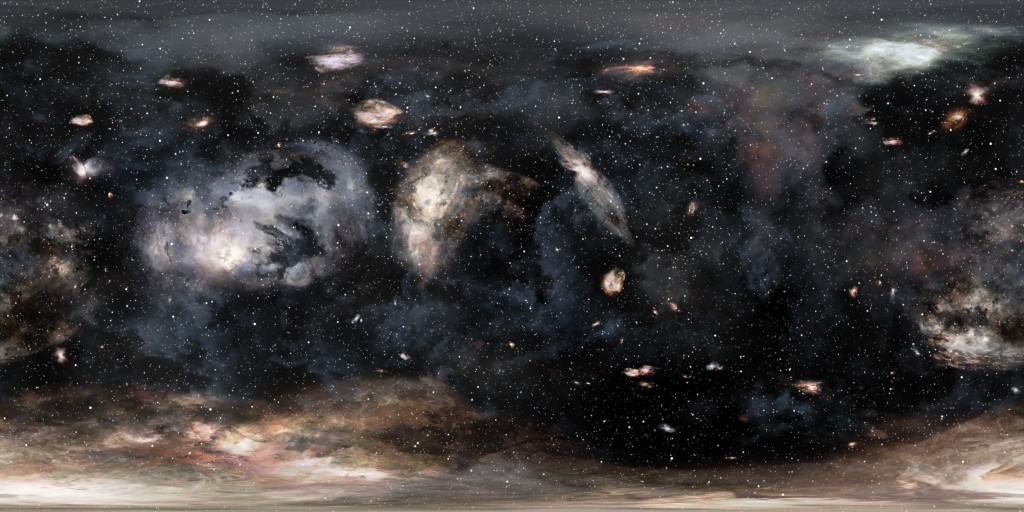
With the following result:
You can just see the forest through the other end of the wormhole. By happy chance, some of the most interesting images to come from my code were born from mathematical and logic errors:
For Corse and Ober, this investigation has inspired a number of questions. It’s led them to ask, what’s really in an image? What does it mean to distort or alter an image? The introduction of a wormhole may alter what we perceive, but it does not alter the celestial spheres that illuminate the two sides of the wormhole. What we see is then a function of where our eyes intercept the light from the celestial spheres–in front of the wormhole, inside the wormhole, through the wormhole, the image always appears different. The image comes from some immutable source but is constantly transforming. It’s very passage through the wormhole is what reveals the wormhole itself. And yet, knowing of the wormhole’s existence, we can mathematically reconstruct the celestial sphere from which the image came. The image and the source are therefore one and the same. It is the map that connects the two that reveals the interesting properties of the space between.
OpenLab was founded by Professors Enrico Ramirez-Ruiz and Jennifer Parker with support from the UCSC NSF REU- Lamat Summer Research Program, OpenLab, and the SLUG: Supercomputer lab for Undergraduates


